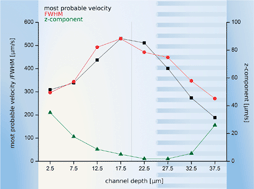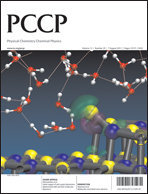Flow conditions in the vicinity of microstructured interfaces studied by holography and implications for the assembly of artificial actin networks
Abstract
Microstructured fluidic devices have successfully been used for the assembly of free standing actin networks as mechanical model systems on the top of micropillars. The


 Please wait while we load your content...
Please wait while we load your content...